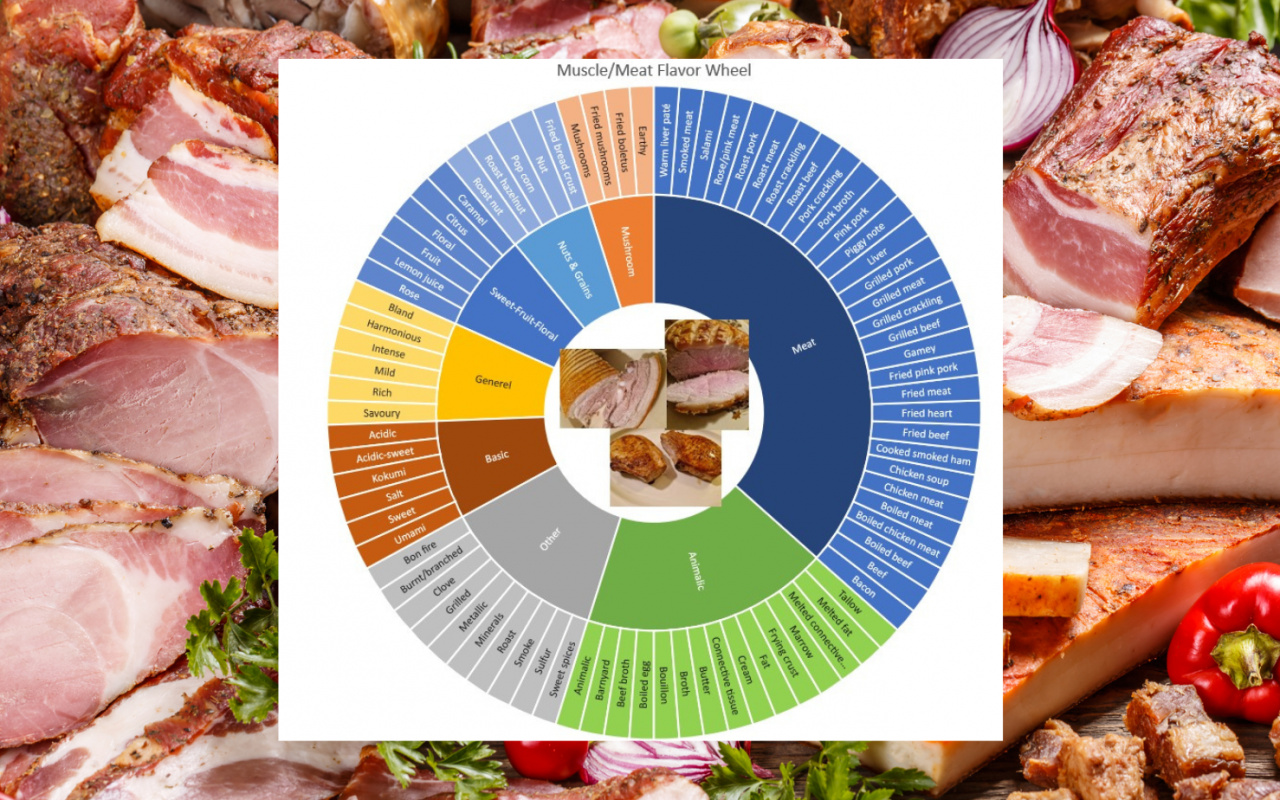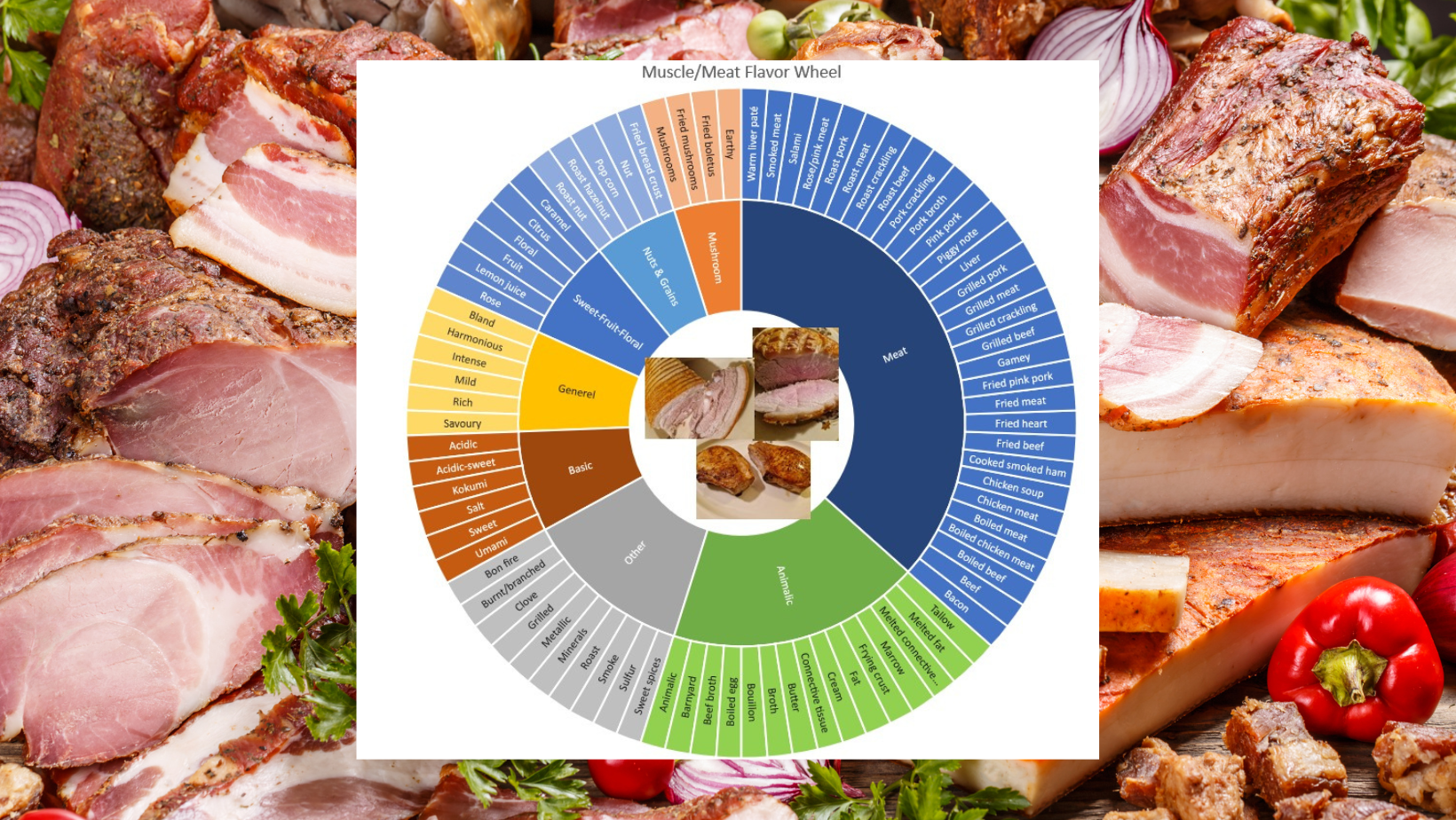
111 unique flavors make pork tasty and versatile
A recent sensory analysis commissioned by the United States National Pork Board showed that pork has 111 unique flavor nuances, highlighting its versatility and rich flavor profile. The study, conducted by InnovaConsult researcher Lisbeth Ankersen, also highlights that pork fat has around 30 flavor nuances, more than beef or vegetable fats. The sensory analysis identified […]

A recent sensory analysis commissioned by the United States National Pork Board showed that pork has 111 unique flavor nuances, highlighting its versatility and rich flavor profile. The study, conducted by InnovaConsult researcher Lisbeth Ankersen, also highlights that pork fat has around 30 flavor nuances, more than beef or vegetable fats.
The sensory analysis identified flavors in pork that include sweet, fruity, and floral tones, clove, hazelnut, and mushrooms. Lean pork also had the most umami, which is called the fifth taste, compared to other plant and animal proteins. “The flavor notes we identified in this analysis, like mushroom, walnut, coconut and clove, are what make pork so unique as a friend to all foods and a uniter of worlds of flavors together,” Ankersen explained.
The US National Pork Board is dedicated to increasing market demand for pork, both domestically and internationally. It is composed of 15 pork producers and importers, who are nominated by the National Pork Producers Delegate Body, which has approximately 160 members.
Kristen Hicks-Roof, director of human nutrition for the National Pork Board, suggested this sensory evaluation will encourage new culturally-relevant recipe development and inform optimal cooking methods. “This analysis not only lets us pinpoint the best cooking methods to make sure pork’s unique flavor profile shines no matter if a top chef or mom is preparing it, but also gives us a roadmap for pairing plants with pork to make sure eating healthy does not have to be boring and flavorless,” she concluded.
ChileCarne has underscored the importance of these findings for the Chilean pork industry. The diversity of flavors identified in pork reinforces its place as an essential protein in the Chilean diet.
“We have the best pigs here in Chile. Pork is unique because of its flavor and versatility, and it also cooks extremely fast. Many cuts are quick to cook, such as pork cap or sirloin, and I always recommend pairing it with all types of fruits. Mango, pineapple, lemon of course, scallion, or cabbage, because it is quite versatile,” said Chilean chef Rodrigo Barañao.
The analysis also showed that the most juicy and sweet pork cuts included air fryer pork tenderloin and roasted pork. This information is key for chefs and home cooks looking to maximize flavor and texture in their recipes.
To compliment this new sensory analysis, a recent look at proprietary shopping data shows that when pork is in grocery carts, more than 70% of shoppers also include produce purchases. This backs the claim that pork is not only delicious but also promotes a healthy, balanced diet.
In mid-2019, a study conducted by the Pork Producers Trade Association, Asprocer, and Universidad de Chile Institute of Nutrition and Food Technology (INTA) was released. It analyzed the chemical composition of five extra-lean cuts and showed that pork contains high levels of iron, vitamins, and proteins that improve muscle tone, have a positive impact on the nervous system, and prevent skin and mucous membrane injuries. Thus, eating pork promotes a healthy and balanced diet.
The extra-lean cuts mentioned in the study are those with less than 5% of fat per 100 g. Center loin, tenderloin, knuckle, inside ham, and diced pork belong to this category. There are other cuts that could be considered lean, but according to the Chilean Health Code are labeled as “containing less than 10% of total fat,” i.e., shoulder, bone in loin portion, boneless leg, heel, and ground meat. These products have a slightly higher fat content but are still healthy.
According to INTA, these cuts are an excellent source of protein because every 100 g of pork contains 20 to 23 g of protein. All extra-lean cuts are also considered low in sodium, as they contain less than 140 mg, specifically 80 mg. Similarly, they show a high content of phosphorus -over 20% of the recommended daily intake- and potassium, between 10% and 19%.
